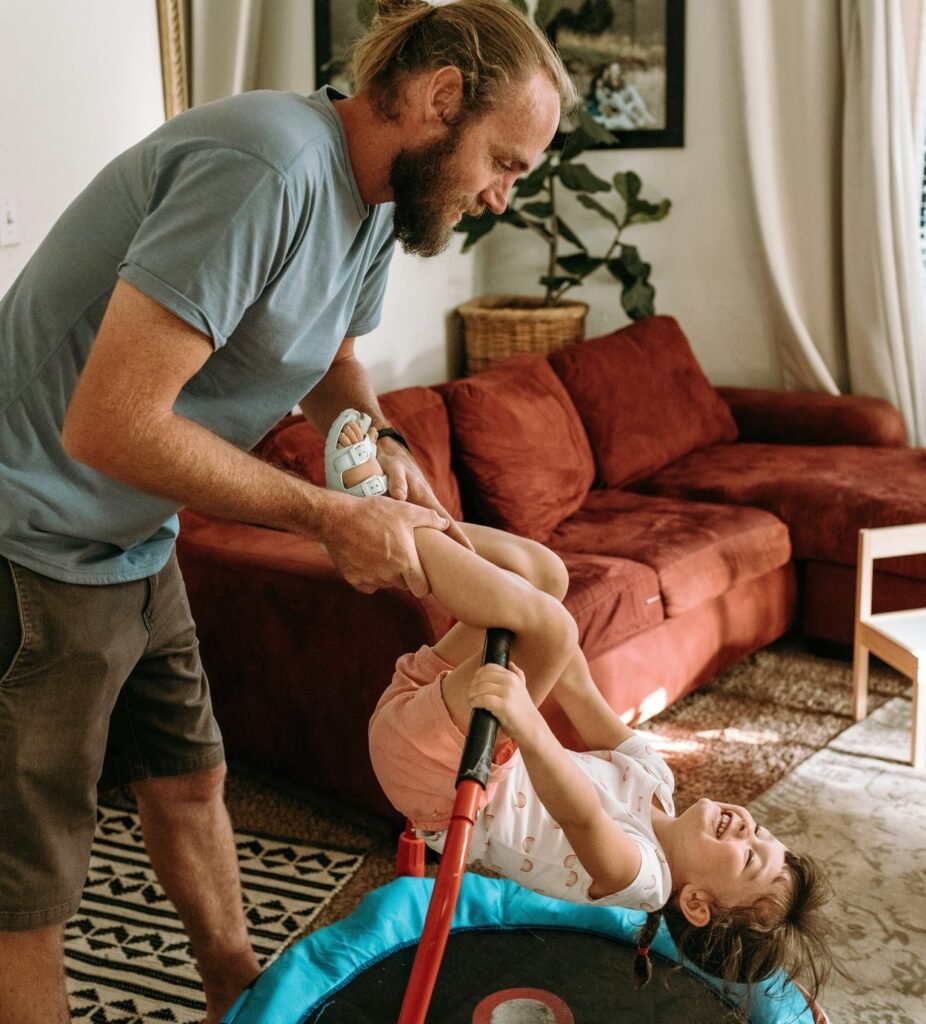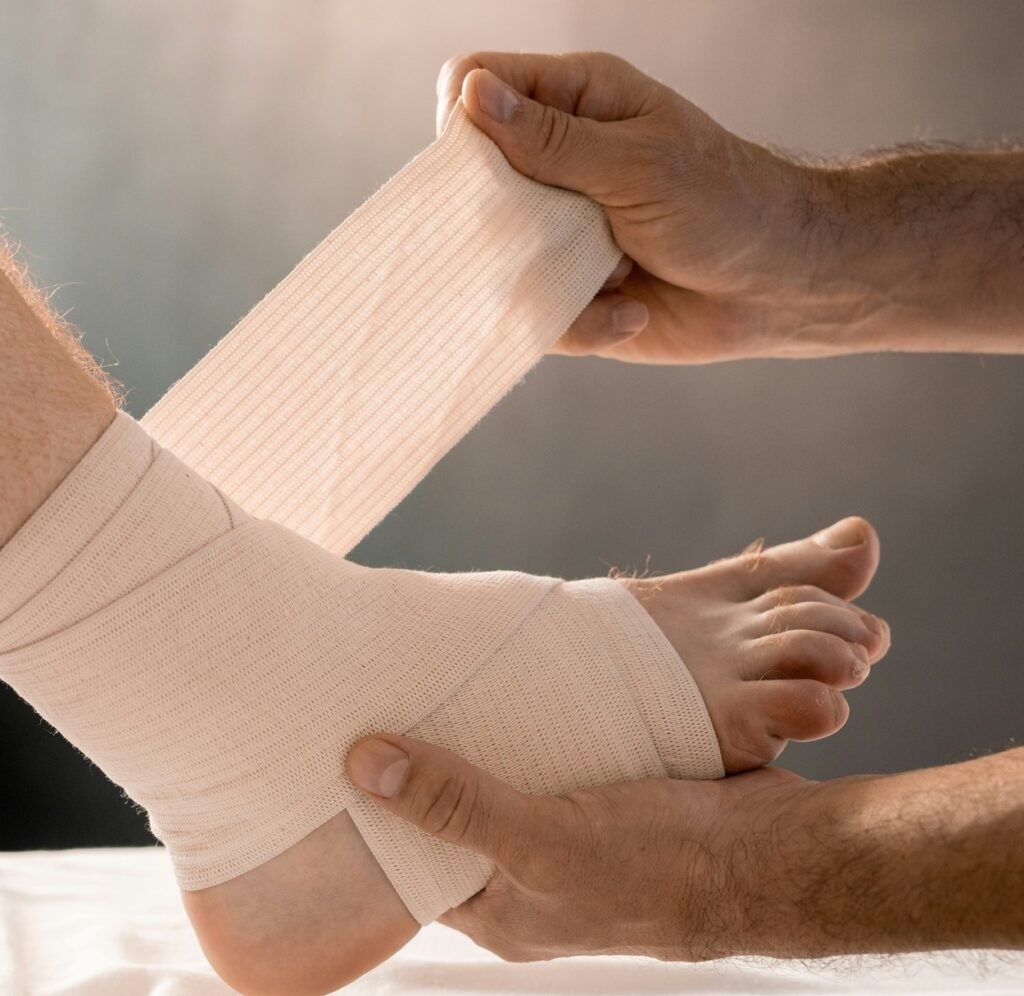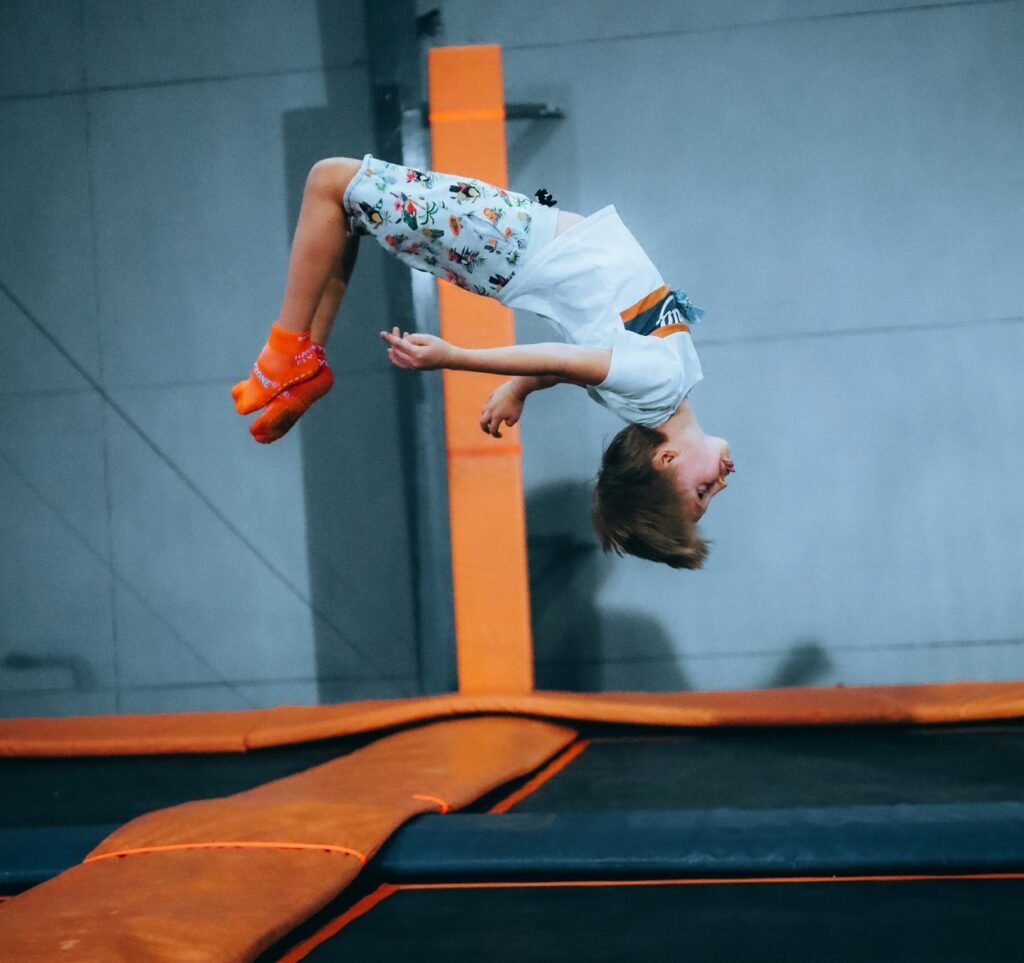Let’s start with a confession: I’ve always been a sucker for anything that promises to tire out my kids. When I first laid eyes on a toddler trampoline, it seemed like the holy grail of parenting. A tiny, bouncy paradise where my little ones could burn off their seemingly infinite energy reserves? Sign me up! But like any good parent, I had to ask the million-dollar question: Are toddler trampolines safe?
You’ve probably seen those cheerful, colorful trampolines that seem like a dream come true for your active toddler. The promise of endless fun, coupled with the hope that they’ll be so exhausted afterward that they might actually take a nap, makes them an attractive option for many parents.
But, as with anything that involves your little one jumping up and down with wild abandon, there’s always that nagging concern in the back of your mind. Let’s bounce into this topic and see if we can land on a safe conclusion.
The Appeal: Why We Love Toddler Trampolines
First off, let’s talk about why toddler trampolines are so darn appealing. As a parent, you’re constantly on the lookout for ways to keep your kids active and engaged. And let’s face it, the idea of a mini trampoline in your living room is pretty hard to resist.
For one, trampolines are great for physical development. They help toddlers improve their balance, coordination, and motor skills, which are all essential at that stage of life. Plus, the sheer joy on a child’s face as they bounce around is enough to warm even the most exhausted parent’s heart.
My son, for example, took to his first trampoline like a duck to water. The little guy was bouncing before I even finished assembling it (pro tip: always read the instructions first). Watching him giggle and jump around, it was hard to imagine that something so fun could be anything but safe. But that’s where things get tricky.

The Safety Concerns: Potential Hazards in the Bounce
Despite their undeniable appeal, toddler trampolines do come with their share of safety concerns. If you’ve ever watched your child launch themselves into the air with all the grace of a baby giraffe, you know that the risk of injury is always lurking.
Falls and Collisions: The Most Common Risks
One of the main issues with trampolines, even the toddler-sized ones, is the risk of falls. Toddlers aren’t exactly known for their coordination, and it doesn’t take much for a little one to bounce off the edge and end up in a heap on the floor. Some trampolines come with safety nets, which is a big plus, but they aren’t foolproof. A particularly energetic jump can still send a toddler flying over the edge if they’re determined enough.
Then there’s the risk of collisions. If you have more than one child on the trampoline at a time, the chances of them bumping into each other—or worse, one landing on the other—are pretty high. My daughter, for example, once managed to somehow land on her brother’s head during a particularly enthusiastic bounce session. (He was fine, but let’s just say it was a lesson in why we set rules for trampoline use.)
Sprains, Strains, and Other Injuries
Another concern is the risk of landing awkwardly and spraining an ankle or, worse, suffering a more serious injury. Toddlers are still learning how to control their bodies, and the unpredictable nature of bouncing can sometimes lead to unfortunate accidents.
Even a minor sprain can be a big deal when it comes to toddlers, who may not understand why they suddenly have to rest and avoid their favorite activities.

The Science Speaks: What Experts Say About Toddler Trampolines
To get a better handle on the safety of toddler trampolines, I decided to consult the experts. The American Academy of Pediatrics (AAP) has weighed in on trampolines in general, and their stance is pretty clear: trampolines aren’t recommended for children under six. According to the AAP, the risks of fractures, head and neck injuries, and sprains outweigh the benefits of trampoline use at this age.
However, it’s important to note that most of their guidelines are focused on full-sized trampolines. Toddler trampolines are typically much smaller and closer to the ground, which does reduce the risk of serious injury. That said, the possibility of accidents still exists, especially if the trampoline is used improperly or without supervision.
What Pediatricians Recommend for Safety
Pediatricians and child safety experts tend to agree that if you’re going to let your toddler use a trampoline, certain precautions are non-negotiable. These include using a trampoline with a safety net, making sure it’s on a soft surface, and always supervising your child while they’re using it.
But even with these precautions, there’s no way to eliminate the risk entirely.
Mitigating the Risks: Bouncing Safely
So, what’s a parent to do? Should you banish the toddler trampoline from your home in favor of less bouncy activities? Not necessarily. While it’s true that trampolines come with risks, there are steps you can take to make them as safe as possible.
Here’s what I’ve learned from my own trampoline adventures: Always supervise. This one seems obvious, but I think it’s worth repeating. Never leave your toddler unattended on a trampoline. They need constant supervision to ensure they’re using it safely.
Setting Ground Rules: No Somersaults Allowed!
Make sure your child understands the rules of trampoline use. This might include no somersaults, no bouncing off the edges, and definitely no bouncing on each other (learned that one the hard way). Setting these rules early can prevent a lot of mishaps down the line.
Also, It might be tempting to let all your kids bounce together, but the more kids on the trampoline, the higher the risk of collisions and accidents. One at a time is usually safest. If you’ve ever witnessed two toddlers trying to share a single trampoline, you know that it’s a recipe for disaster.
Safety Nets and Soft Surfaces: Adding Extra Protection
If your trampoline didn’t come with a safety net, consider purchasing one separately. It won’t make the trampoline 100% safe, but it does add an extra layer of protection. Also, make sure the trampoline is placed on a soft surface—whether it’s indoors on a carpet or outside on grass.
This will soften the blow if your child does take a tumble.
Considering Alternatives: Are There Safer Options?
If the idea of a trampoline still makes you nervous, there are plenty of other ways to keep your toddler active. Here are a few alternatives to take into consideration:
- Swimming: It’s a full-body workout that’s easy on the joints, and most toddlers love splashing around.
- Dancing: Turn on some music and let your little one groove. It’s great for coordination and burns off energy.
- Soft play areas: These indoor playgrounds are padded and designed specifically to minimize injuries.
- Ball pits: They offer a fun, bouncy experience without the hard surface of a trampoline.
These alternatives provide the same physical benefits without the added risks that trampolines can bring.

Conclusion: To Bounce or Not to Bounce?
After weighing the pros and cons, the answer to whether toddler trampolines are safe isn’t black and white. Like many parenting decisions, it comes down to a balance of risk and reward. Trampolines can be a fantastic way for toddlers to have fun and develop important physical skills, but they do come with inherent risks.
For my family, the key has been careful supervision and setting clear rules. My kids love their trampoline, and as long as we keep things under control, it’s been a safe and fun addition to our playtime routine. That said, if you’re not comfortable with the risks, there are plenty of other ways to keep your toddler active without the potential hazards.
In the end, whether or not to introduce a trampoline into your home is a personal decision. Just remember, if you do decide to go for it, keep a close eye on your little bouncers and be prepared to step in if things start getting out of hand. And who knows, maybe you’ll get a little bounce time in too (just don’t let the kids see you).
